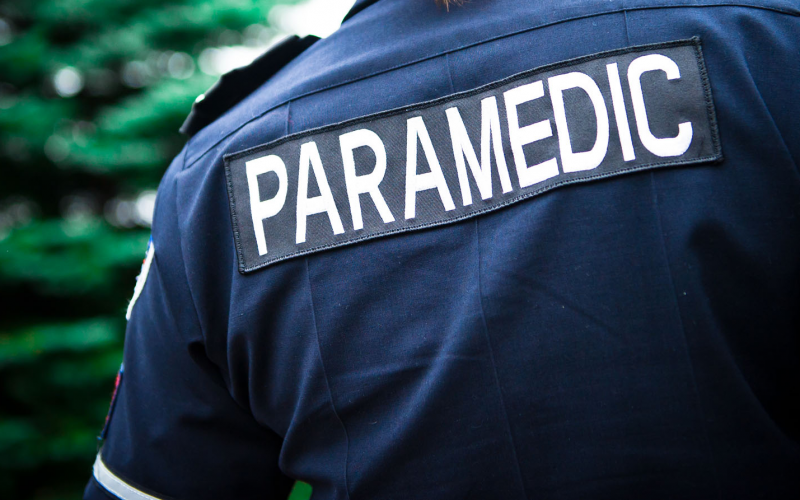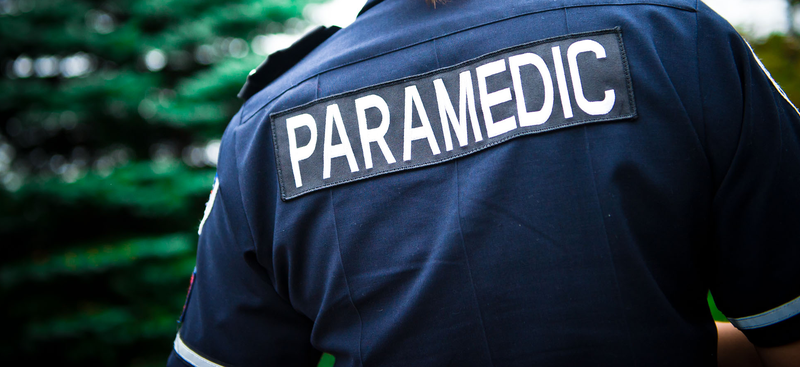Panicking after an accident comes most naturally to us, and is a feeling most cannot avoid. However, as hard as it is, we need to remember that there are emergency medical personnel trained to handle such situations effectively. Paramedics, as they are also called the backbone of emergency medical services and in addition to administering first aid, their duties also include making autonomous decisions regarding the care of the patient. Their roles and functions are also guided by several protocols, all of which are strictly followed to ensure maximum lives are saved, especially during the Golden Hour, some of which are listed below.
Patient’s medical history
In cases of life threatening situations, paramedics must have obtained a patient’s medical history prior to treatment and other information that can be vital to their treatment.
Treatment of cardiac arrest
Paramedics are advised not to treat trauma induced cardiac arrest cases without following standard protocols. Such patients must be promptly transported after following standardized CPR protocols as well as external haemorrhage control , cervical spine immobilization and other procedures, while en route the hospital.
Number of IV insertions
Paramedics should attempt a maximum of two IV insertions in cases of non-life-threatening diseases. Any additional attempts must be approved by higher authorities or medical control centers.
Endotracheal intubation
In all cases of medical emergencies, paramedics should ensure that patient transport and other treatment as required should receive priority, and must not be delayed due to multiple attempts at endotracheal intubation.
Online direction
In cases where paramedics receive medical directions online, they are required to verbally repeat all orders before they carry them out on a patient.
Use of a cardiac monitor
Patients who are experiencing chest pain, irregular pulse, fluctuating blood pressure or have a known history of cardiac dysfunction should be placed on a cardiac monitor by paramedics immediately.
Emergency medical service protocols are designed by local, state, and national medical authorities, and updated regularly, so as to standardize medical procedures across all levels, and help paramedics provide the highest level of care for their patients. In addition to that, it also makes sure that newer and improved practices are constantly incorporated into their repertoire, and enabling them to make split second decisions at times of emergencies. Being emergency medical service providers, At Ziqitza we fully comprehend the criticality of our work, and hence, make sure to adhere to these guidelines, as the lives of our patients hang in the balance.



